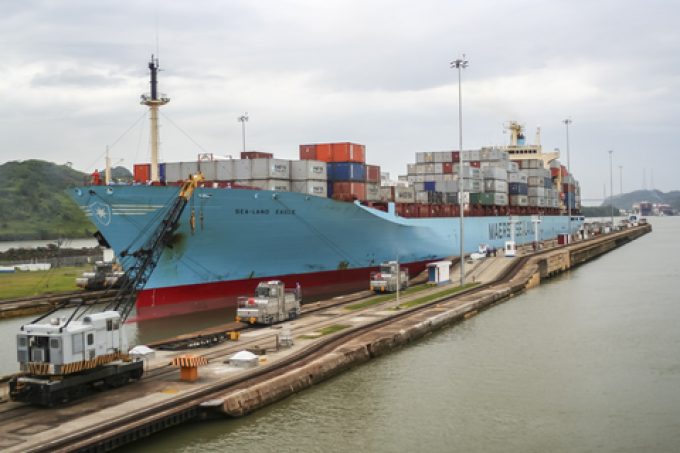Carriers need to cut more capacity for March GRIs to hold
Container freight spot rates on the major trades continued to slide this week, forcing carriers ...

Maersk is to resume its OC1 Oceania-North America east coast string as an all-water service through the Panama Canal next month, dropping its use of the Isthmus rail land bridge link.
As rainy season approaches, Panama Canal Authority (ACP) has increased its daily transit limit to 27 from the 24 it had enforced in December.
Since its locks were expanded, the canal had capacity for 34 to 38 daily transits, but this was steadily reduced due to low water levels, as ...
Trump tariffs see hundreds of cancelled container bookings a day from Asia
'To ship or not to ship', the question for US importers amid tariff uncertainty
'Chaos after chaos' coming from de minimis changes and more tariffs
Forto 'sharpens commercial priorities' as it lays off one-third of staff
List of blanked transpac sailings grows as trade war heats up and demand cools
EC approves DSV takeover of DB Schenker
Overcapacity looms for ocean trades – with more blanked sailings inevitable
'Disastrous' DSV-Schenker merger would 'disrupt European haulage market'
Amazon Air’s metamorphosis: 'a different air cargo unit from two years ago'
Shippers in Asia restart ocean shipment bookings – but not from China
India withdraws access for Bangladesh transhipments, in 'very harmful' decision
'Tariff hell' leaves industries in limbo – 'not a great environment to plan'


Comment on this article